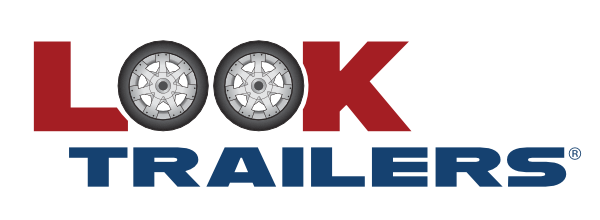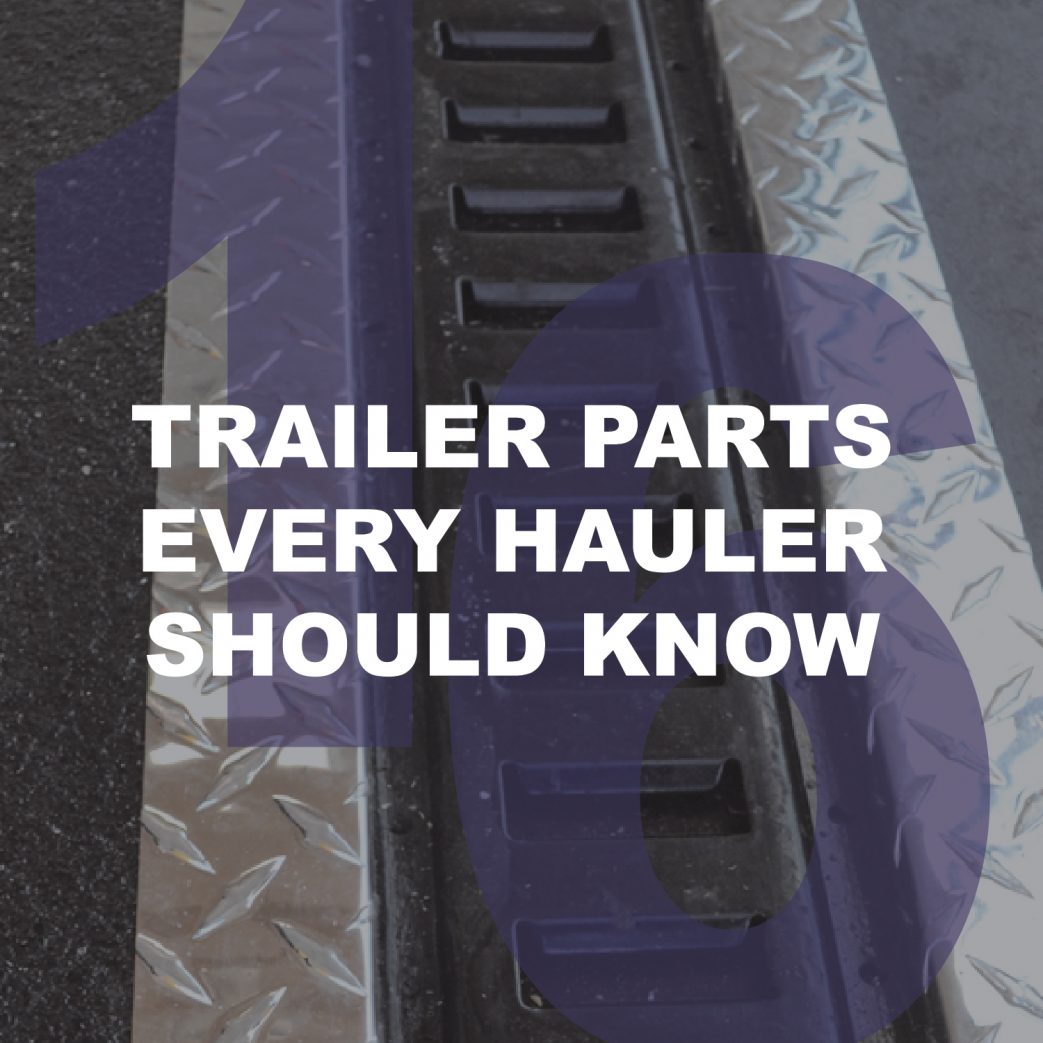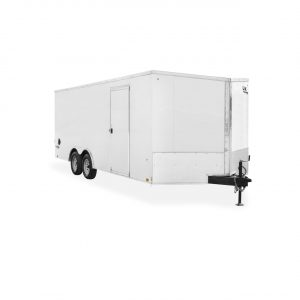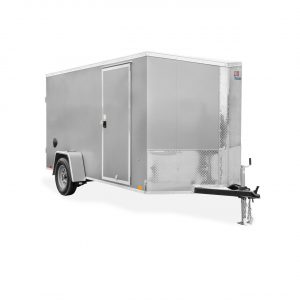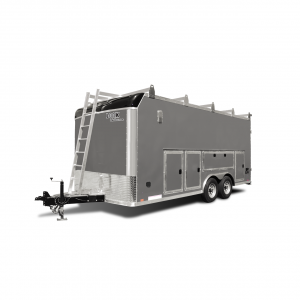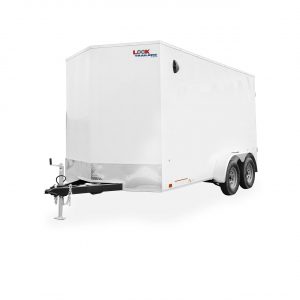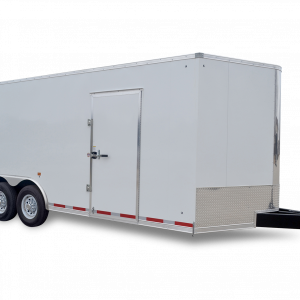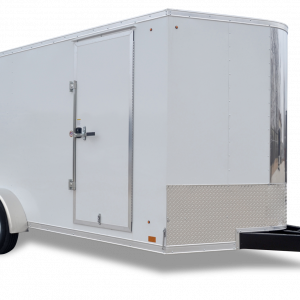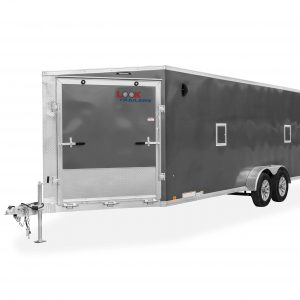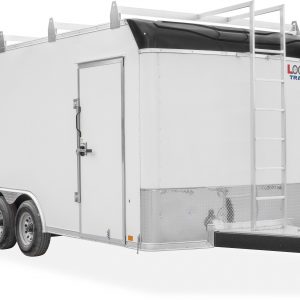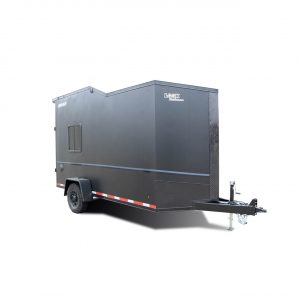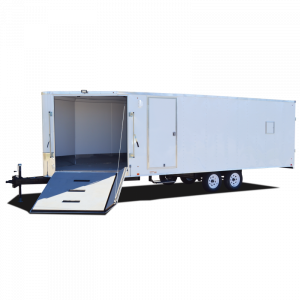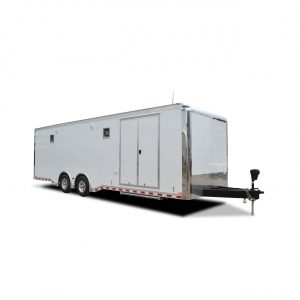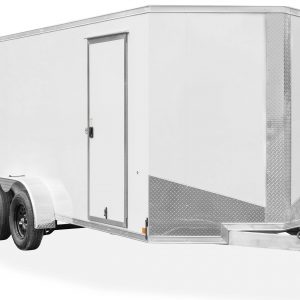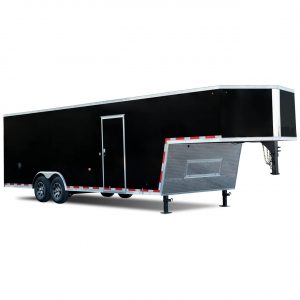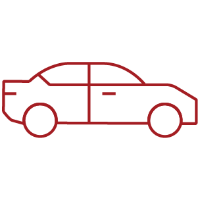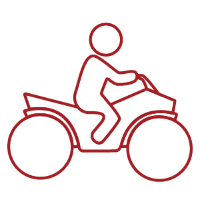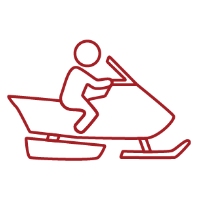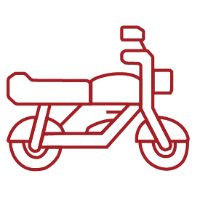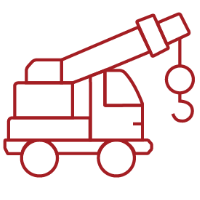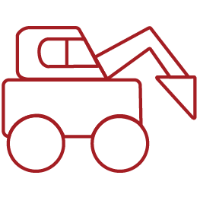WHAT YOU NEED TO KNOW ABOUT YOUR LOOK TRAILER COMPONENTS
So, you’re in the market for a brand-new trailer. You know the type of trailer you want, you know that Look Trailers offers you the best bang for your buck, and you’re finally ready to make a purchase. However, while there are plenty of standards and options for the trailer you want, you’re not quite sure what they all actually are. This is a common problem among first-time buyers, so we put together this list of the most common cargo trailer parts, along with a quick explanation to help you make a well-informed purchase.
COMMON CARGO TRAILER FEATURES AND OPTIONS:
EZ-Lube Hubs
When you need to re-grease the hubs on your trailer’s wheels, these allow quick removal of the cap and insertion of grease to keep you running smooth, without all the mess and tools.
Coupler
This is a device used to connect a trailer or secondary vehicle to the primary towing vehicle’s attached tow ball. These can include quick detach functions and locking capabilities.
Safety Chains
These are attached to the front of the trailer and rear of the towing vehicle. These are meant to keep the two connected (loosely) if anything should happen to the coupler, giving you time to pull over and repair.
Sand Pad
This is the plate that’s connected to the bottom of your trailer’s jack, which ensures that it doesn’t sink into soft soil or sand by offering more surface area to stand upon.
TPO Cap
This stands for thermoplastic polyolefin, which is a technical term for a protective cap that is more energy-efficient than roofing alternatives.
ATP – Aluminum Tread Plating
This is the aluminum cover found on bumpers, floors, and ramps to offer traction, as well as added protection from rocks and damage during cargo loading. It features a raised pattern and can also be found on trailer kick plates that run the base of your trailer’s interior.
Stoneguard
Basically, this is a shield that’s attached to the front of your trailer so that any kicked-up rocks and debris hit the stone guard, rather than your trailer’s exterior.
Automotive Undercoating
Often a spray-on feature, this is used on the undercarriage of your trailer (and most vehicles) to protect from salts, chemicals, and water that often causes damaging rust and corrosion.
Beavertail
This is an extension of the ramp that angles down to rest against the ground for easy loading and unloading of your snowmobile, vehicle or generally heavy cargo.
E-Track
A slightly-raised track often added to trailers, typically running the length of the floor or walls. Slats in the track allow you to attach straps and tie-downs and hold cargo firmly in place.
D-Rings/Surface-Mount Rope Rings
These are the metal latches that allow you to utilize tie-downs by connecting ropes or straps from one point to another. They can be installed in various locations throughout the trailer to complement an E-track or be in place of one altogether.
Flush Lock
As the name implies, this is a lock for your trailer that doesn’t protrude from the side, ensuring a flat exterior. These are more discreet than the typical levers or latch handles found on doors.
Spring Assist
This is a mechanism used on-ramp doors to allow for easy lowering and raising of the door. The spring-assist accounts for the weight and resistance of the door in question to give you a smooth experience.
Breakaway Brakes System
An additional step in towing safety, this system is wired from the trailer to the towing vehicle. Relying on battery power, if the trailer were to become disconnected, the trailer would receive a signal to apply its own brakes and help slow the vehicle down.
Cam Bar
A cam bar is a sturdy latch that utilizes hinges to prevent the rear door from opening unnecessarily. These are often fitted with locks and can be used solely or in multiples.
Wheel Chock
These are typically thick plastic blocks that come in various sizes and shapes (often wedges) that are placed against the tires to prevent the trailer from rolling in unwanted directions.
CHOOSE YOUR ENCLOSED TRAILER UPGRADES AND GET TO TOWING
Now that you’re familiar with some of the most included trailer components, hopefully, you’re more prepared to build your Look Trailer the way you want it. And, as always, for additional information about these features and more, you can always download the owner’s manual we provide at no cost.
At Look Trailers, we look forward to upgrading your next tow with the best trailer options the market has to offer.
